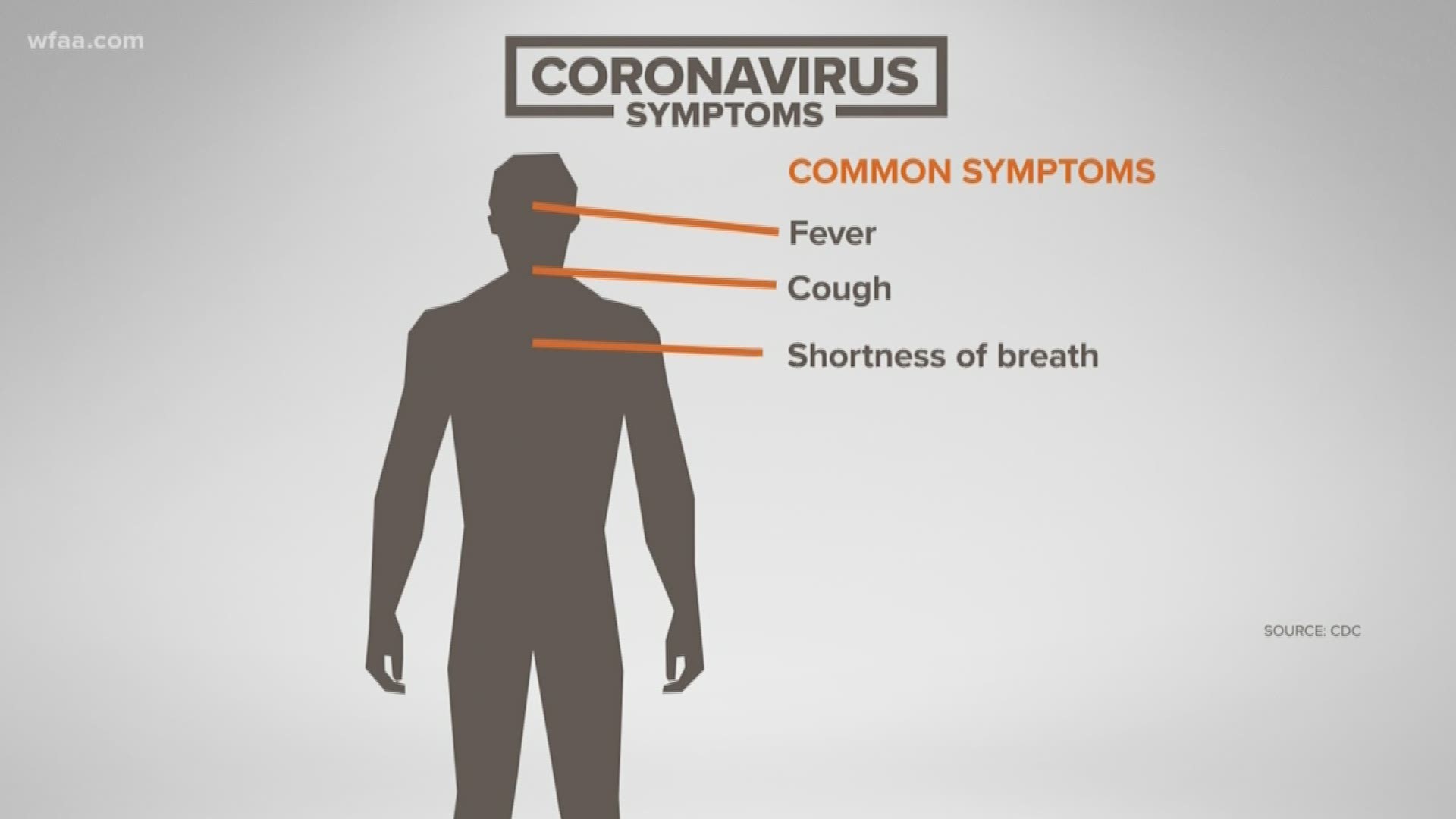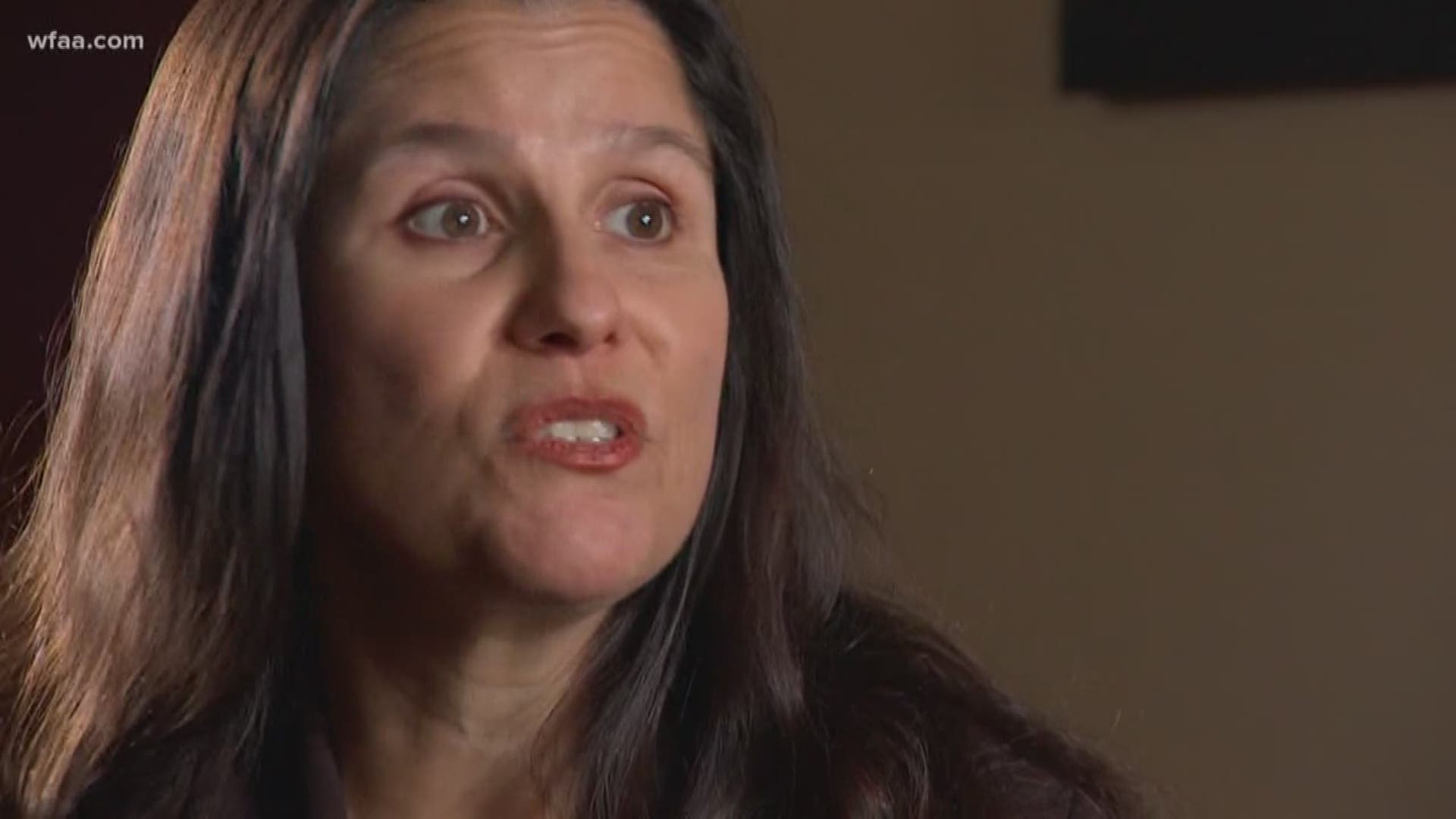Updated on March 10 with new numbers and information.
With new outbreaks of COVID-19 reported in countries daily, additional confirmed cases in the U.S., and market turbulence, questions about the disease have increased.
While currently the outbreak has not been qualified as a pandemic, both the Centers for Disease Control and Prevention and the World Health Organization say it is likely to reach that level at some point.
All of that has led to an uptick in searches for information online.
Here are answers to some of the most-searched questions, according to Google Trends.
What is coronavirus?
Coronavirus is a family of viruses commonly found in a number of animals, including bats, camels, cats and cattle. Sometimes, though not often, according to the CDC, coronaviruses can spread from animals to humans. Other examples of this include SARS and MERS.
These diseases cause everything from the common cold to pneumonia and more serious respiratory issues.
As of Feb. 11, this respiratory disease has been named COVID-19 (short for "coronavirus disease 19"). The virus that causes this disease is called "SARS-CoV-2."
What are the symptoms of coronavirus?
The symptoms of this coronavirus strain are difficult to differentiate from any other upper respiratory infection. They include fever, cough, some chest pain and shortness of breath.
Based on previous similar illnesses, the CDC believes symptoms are likely to appear between two and 14 days after exposure.
While initially the most distinguishing factor in the U.S. has been travel to China, in particular to Wuhan, as the disease has spread that has become less of a way to track COVID-19.
RELATED: Full CDC guide to COVID-19
How does COVID-19 spread?
This current outbreak is believed to have originated from a live-animal market in the central city of Wuhan, China. Initially it spread from animals to people. Since then, health officials have confirmed it can also spread from person to person.
People in close contact, within 6 feet, are mostly likely to transmit the virus. An infected person who sneezes or coughs emits respiratory droplets that can land on other people or can be inhaled.
The virus can live on objects or surfaces, but health experts don't believe that how it's mainly being transmitted.
What makes this virus different?
It attaches to receptors in the lungs – so think of a really bad lung infection. That makes it dangerous to smokers or people with even mild emphysema or COPD.
It's also impacting the elderly, because after age 65 our immune systems weaken. So it’s harder to bounce back.
Children are less likely to get it, so far no one really knows why. It may have something to do with their immunity.
At this point, most of the people getting sick are between ages 30 and 79.
What should I do if I think I have this novel coronavirus?
Anyone who may be sick with COVID-19 should stay home unless seeking treatment. The CDC also recommends staying away from other people and animals in your home. Confining yourself to a single room may be the easiest way to minimize contact.
If you do need to visit the doctor, call ahead of your visit to let them know you may have COVID-19 and plan to wear a mask.
What is the difference between an outbreak, an epidemic and a pandemic?
An outbreak is defined as a sudden rise in cases of a disease in a particular place.
An epidemic is a large outbreak, one that spreads among a population or region. The current outbreak of a flu-like illness caused by a new virus in China is considered an epidemic.
A pandemic generally refers to an epidemic that has spread on a more global scale, affecting large numbers of people.
While there are cases of illness outside China, the World Health Organization said it is not a pandemic. Exactly when enough places have enough infections to declare one isn’t a black-and-white decision. But generally, the WHO is looking for sustained outbreaks on different continents.
What is the risk to the U.S. public?
While the potential public health threat related to COVID-19 is high globally, the CDC says the immediate risk for the general U.S. public is low.
Certain people, including healthcare workers and those in close contact with people diagnosed with COVID-19 face a higher threat.
If health officials determine that COVID-19 has caused a pandemic, the risk assessment would like change, according to the CDC.
On Thursday, Texas Governor Greg Abbott addressed the public on what Texas is doing to prepare for COVID-19 in the state.
Abbott said his office has been "working with the CDC (Centers for Disease Control and Prevention) for weeks."
How many cases have been confirmed in the U.S. and around the world?
New numbers are released daily by the CDC and WHO as far as confirmed cases. On March 7, the number of cases around the world broke 100,000, according to the WHO.
RELATED: Check the latest cases in the U.S.
Outside of China, the countries with the highest number of confirmed cases are Italy, South Korea, and Iran, respectively. Italy and Iran have the highest number of fatalities outside of China.
Is there a cure for coronavirus?
There is no vaccine or preventative treatment currently for COVID-19, according to the CDC.
Drug company Moderna says it has sent an experimental vaccine to government researchers. Initial trials could begin in April, but the approval process is expected to take a year.
At the same time, a separate drug is being tested as a potential treatment for COVID-19. A clinical trial of the antiviral drug remdesivir is underway at the University of Nebraska Medical Center in Omaha, according to CNN.
In the meantime, the best prevention is to avoid close contact with sick people, avoid touching your face including your eyes, nose and mouth.
In addition, sick people can help prevent the spread by staying home while ill, covering their cough or sneeze and wearing a facemask. Cleaning and disinfecting frequently-used items and surfaces is also recommended by the CDC.
Finally, hand hygiene is an important step for health. Wash your hands often using hot water and soap for at least 20 seconds. This is especially important, according to the CDC, after sneezing, coughing or blowing your nose, after using the restroom, and before eating.
When should you use a facemask?
The CDC does not recommend general use of a facemask to protect yourselves from respiratory illnesses. Instead, the CDC says to avoid close contact (within six feet) with anyone who is sick.
Facemasks are recommended for people who have COVID-19 and are showing symptoms. This helps keep others from being impacted, according to the CDC.
Health workers and anyone caring for someone with COVID-19 should also use a facemask.
Additionally, WHO says masks are effective only when used in combination with frequent hand-cleaning with alcohol-based hand rub or soap and water.
If you do wear a mask, make sure to dispose of it properly. Pull it off from the earpieces, avoid touching the mask, and put it in a closed garbage container.
What is an N95 respirator?
An N95 filtering facepiece respirator (FFR) removes particles from the air that are breathed through it. These respirators filter out at least 95% of very small (0.3 micron) particles, the CDC says. N95 FFRs are capable of filtering out all types of particles, including bacteria and viruses.
In order for the N95 FFR to work correctly, an adequate seal is essential. In professional settings, workers must undergo fit tests to ensure their masks work correctly.
The Associated Press contributed to this report.


